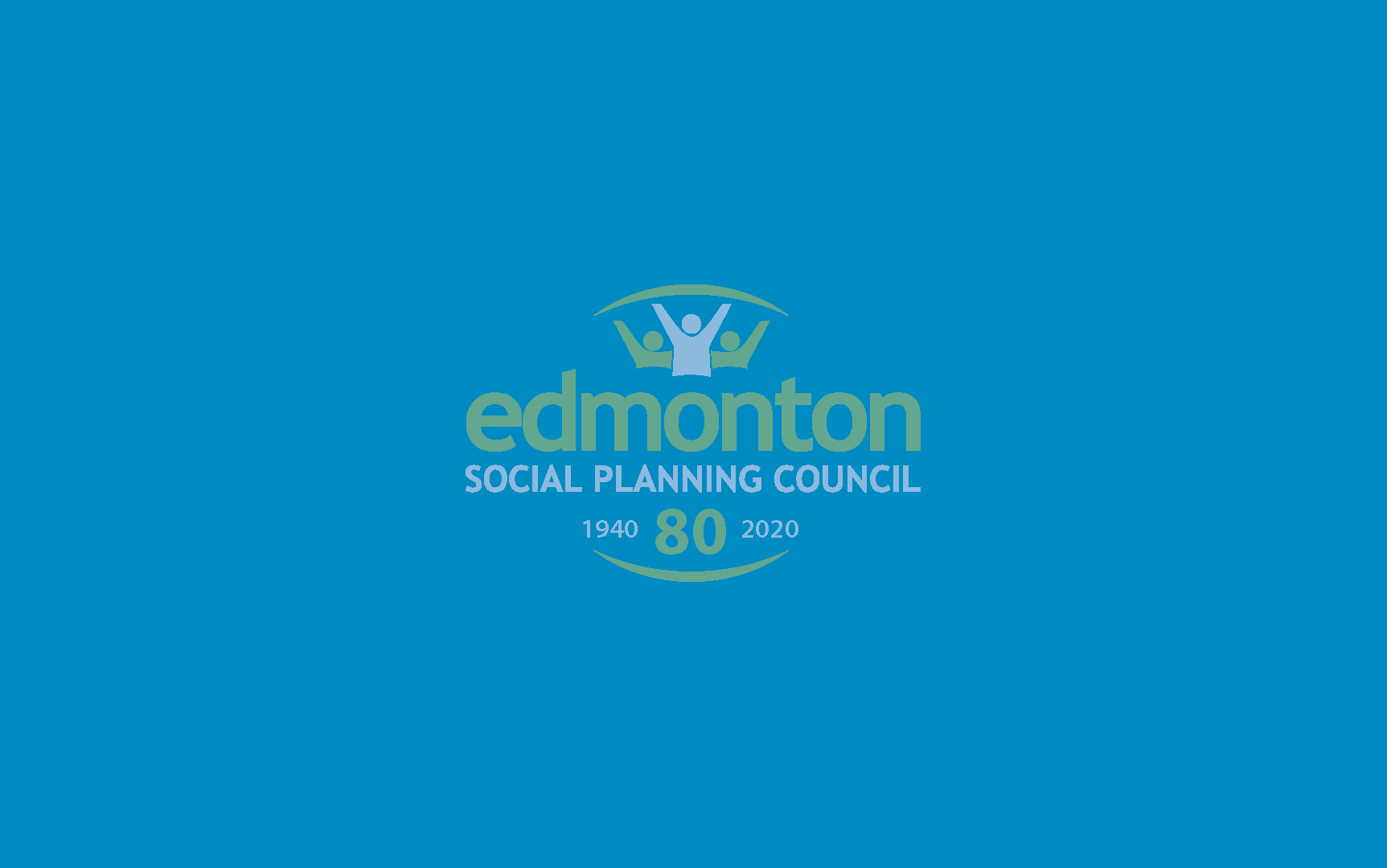[et_pb_section fb_built=”1″ _builder_version=”4.7.0″ custom_margin=”0px||0px||false|false” custom_padding=”0px||0px||false|false”][et_pb_row column_structure=”3_4,1_4″ use_custom_gutter=”on” gutter_width=”2″ _builder_version=”4.7.7″ _module_preset=”default” width=”100%” custom_margin=”0px||||false|false” custom_padding=”0px||0px||false|false” border_width_bottom=”1px” border_color_bottom=”#a6c942″][et_pb_column type=”3_4″ _builder_version=”4.7.0″ _module_preset=”default”][et_pb_post_title meta=”off” featured_image=”off” _builder_version=”4.7.4″ _module_preset=”default” title_font=”||||||||” custom_margin=”||3px|||” border_color_bottom=”#a6c942″][/et_pb_post_title][/et_pb_column][et_pb_column type=”1_4″ _builder_version=”4.7.0″ _module_preset=”default”][et_pb_image src=”https://edmontonsocialplanning.ca/wp-content/uploads/2020/12/COLOUR-BLOCKS_spaced-300×51.png” title_text=”COLOUR BLOCKS_spaced” align=”center” _builder_version=”4.7.7″ _module_preset=”default” max_width=”100%” max_height=”75px” custom_margin=”0px|0px|0px|0px|false|false” custom_padding=”10px|0px|20px|0px|false|false” global_module=”96648″][/et_pb_image][/et_pb_column][/et_pb_row][et_pb_row column_structure=”3_4,1_4″ use_custom_gutter=”on” gutter_width=”2″ make_equal=”on” _builder_version=”4.7.7″ background_size=”initial” background_position=”top_left” background_repeat=”repeat” width=”100%” custom_margin=”0px|auto|0px|auto|false|false” custom_padding=”30px|0px|0px|0px|false|false”][et_pb_column type=”3_4″ _builder_version=”4.5.6″ custom_padding=”0px|0px|0px|0px|false|false” custom_padding__hover=”|||”][et_pb_text _builder_version=”4.7.5″ _dynamic_attributes=”content” _module_preset=”default” text_font=”|600|||||||” text_text_color=”#2b303a” custom_padding=”||32px|||”]@ET-DC@eyJkeW5hbWljIjp0cnVlLCJjb250ZW50IjoicG9zdF9kYXRlIiwic2V0dGluZ3MiOnsiYmVmb3JlIjoiIiwiYWZ0ZXIiOiIiLCJkYXRlX2Zvcm1hdCI6ImRlZmF1bHQiLCJjdXN0b21fZGF0ZV9mb3JtYXQiOiIifX0=@[/et_pb_text][et_pb_button button_url=”https://edmontonsocialplanning.ca/wp-content/uploads/2021/03/fACT-sheet-Zoning-Affordable-Housing-1.pdf” button_text=”Download the Zoning Bylaws and Affordable Housing fACT Sheet (PDF)” _builder_version=”4.9.1″ _module_preset=”default” custom_button=”on” button_text_color=”#ffffff” button_bg_color=”#008ac1″ custom_margin=”||19px|||” custom_padding=”||5px|||”][/et_pb_button][et_pb_text _builder_version=”4.9.1″ text_text_color=”#2b303a” text_line_height=”1.6em” header_2_font=”||||||||” header_2_text_color=”#008ac1″ header_2_font_size=”24px” background_size=”initial” background_position=”top_left” background_repeat=”repeat” text_orientation=”justified” width=”100%” module_alignment=”left” custom_margin=”0px|0px|0px|0px|false|false” custom_padding=”25px||||false|false” locked=”off”]
Introduction
Ending chronic homelessness has been a priority for Edmonton’s City Council in recent years. In 2009, the city committed to ending chronic homelessness within 10 years. Although a lot of progress has been made, they have fallen short of this original goal. Nevertheless, City Council remains committed to finding solutions. Though the state of homelessness observed in the city fluctuates, there has been an increase since the COVID-19 pandemic. As of February 2021, there are 2,038 people experiencing homelessness in Edmonton. This makes the original goal all the more critical to address, through the lens of public health and human rights.
As part of its goal to end chronic homelessness, the Affordable Housing Investment Plan (2019-2022) aims to create 2,500 new or renovated affordable housing units across Edmonton, which includes a target of more than 916 permanent supportive housing units. Among the challenges and opportunities to better facilitate these affordable housing developments are zoning bylaws. Zoning provides a guide for municipalities in what structures are permitted to be built and where they can be built.
In this fACT Sheet, we’ll summarize recent changes to zoning bylaws that better facilitate these affordable housing units and outline some of the remaining issues and challenges.
Types of Non-Market Housing Developments
When talking about affordable housing developments, it is important to understand that there are different types and designs to meet a variety of needs. The following describe some of the most common examples of affordable housing (specifically non-market housing) units that operate outside of the private market.
Supportive housing: permanent housing for people who need assistance to live independently. Supportive housing may house people who are elderly or have disabilities, addictions, or mental health issues.
Emergency housing: short-term shelter or accommodation that serves people who are experiencing homelessness, who are displaced, or who are fleeing violence or abuse.
Non-profit housing: rental housing for low- and moderate-income individuals and families built by the province, municipality, or by a community group. Most tenants pay rent relative to their income; others pay rent at the low end of private market rent.
Transitional housing: a bridge between emergency and permanent housing, often for a specified time. Transitional housing may serve people transitioning out of homelessness, those leaving the corrections system, or families receiving specialized supports.
Co-operative housing: housing for people with low- and moderate-incomes. Residents contribute to the upkeep of the building and governance of the co-op. It can serve both lower-income households and market housing (some people with higher incomes choose housing co-ops for non-financial reasons). Some tenants pay rent relative to their income while the rest pay market rent. Some units may be modified for seniors or people with disabilities.
Most of the recent zoning bylaw changes within Edmonton city limits affect supportive housing initiatives.
Recent Bylaw Changes That Impact Affordable Housing Developments
In 2019, non-profit housing providers participated in a workshop with City of Edmonton staff from the Affordable Housing and Homelessness and the Zoning Bylaw Implementation team. Valuable input was shared about the challenges and opportunities to better facilitate affordable housing developments in Edmonton.
Since then, Edmonton City Council has passed a number of new bylaws to address many of these issues (in chronological order):
July 15, 2019: City Council passed “Charter Bylaw 18941 Text Amendment to Zoning Bylaw 12800 to reduce barriers to Collective and Permanent Supportive Housing.” This bylaw removed regulations such as restrictions on group homes (a residence model of medical care for those with complex health needs) that placed limits on occupancy as well as removing limits on the number of individuals that can live in a lodging house (referring to a house in which rooms are rented). Restrictions were also removed on the type of building design for both group homes and lodging houses.
August 25, 2019: City Council passed “Charter Bylaw 18967- Text Amendment to Zoning Bylaw 12800 to Enable Missing Middle Housing.” This bylaw amended medium-scale zones in order to create more opportunities for the development of various medium-scale housing options in Edmonton. The amendment introduced Use Multi-Unit Housing, defined based on the number of dwelling units on-site rather than by the form of the building or how the units were arranged. It also removed maximum densities from a number of zones, along with minimum site area and width requirements, and increased maximum floor area ratios in some zones. These changes increased the area of a site that can be developed for affordable housing.
June 30, 2020: City Council passed “Charter Bylaw 19725 Text Amendments to Zoning Bylaw 12800 for Open Option Parking.” This bylaw removed minimum vehicle parking requirements, in addition to changes such as parking lot design and access, landscaping, stall size, loading requirements, and calculation methods to address accessibility and bicycle parking requirements. The number of on-site parking spots for new developments will now be determined by the landowner or business. This change will allow affordable housing developments to offer parking based on the unique needs of the development, thereby potentially increasing the proportion of land available for housing, on-site supports, or other complementary uses.
November 3, 2020: City Council passed “Charter Bylaw 19490 Text Amendments to Zoning Bylaw 12800 to enable Supportive Housing developments.” The bylaw created two new use definitions for supportive housing and limited supportive housing, replacing the previous terms temporary shelter, group home, and limited group home uses. Supportive housing now describes development for residential use with on-site or off-site supports to ensure the residents’ day-to-day needs are met. This does not, however, include extended medical treatment services. Limited supportive housing specifically describes a supportive housing development with no more than six residents. Using these new definitions, a limited supportive housing developments can reasonably expect fewer visits by emergency services per month and are located in freestanding structures that are purpose-built or wholly converted for that purpose. These new definitions also provide flexibility for organizations to adapt to different forms of, and duration of, supportive housing needs.
In addition, these amendments also add supportive housing as a listed use in a number of zones, such as commercial and urban service zones. This change will increase opportunities to develop more supportive housing—including seniors’ housing, hospice care, and temporary shelters—widely across the city and allows more flexibility in the location of new affordable housing units.
These changes align with Policy C601 Affordable Housing Investment Guidelines. The policy seeks to ensure more opportunities for non-market developments are available across the city. It also provides direction to streamline access to affordable housing in all neighbourhoods through regulatory and procedural review and improvement, as well as other city policies such as Age Friendly Edmonton.
Reflections and Other Concerns
These bylaw changes that took place over the last couple of years have the potential to encourage the construction of more affordable housing developments. They can help move the city closer towards achieving its goal of ending chronic homelessness by building an adequate supply of supportive housing units. Approval process timelines for development previously posed a challenge for those wanting to get these developments off the ground; these changes and barrier reductions are an important breakthrough.
Nevertheless, strong bylaws that create an environment more conducive to affordable housing must continue to emphasize a human-rights approach to housing. There are also challenges with a shortage of non-market housing with units that are universally accessible and barrier-free despite one in two households in Edmonton having at least one family member with at least one activity limitation. Moreover, stable funding from municipal, provincial, and federal governments is also indispensable toward building political will to see these projects through to completion.
These bylaw changes have the potential to encourage more affordable housing developments and help move the city closer towards achieving their goal of ending chronic homelessness by building an adequate supply of supportive housing units.
The Edmonton Social Planning Council is an independent, non-profit, charitable organization focused on social research.
This fACT Sheet, prepared by the Edmonton Social Planning Council, is licensed under a Creative Commons Attribution-NonCommercial-ShareAlike 4.0 International License.
Edmonton Social Planning Council
#200, 10544 – 106 Street, Edmonton, Alberta, T5K 1C5
www.edmontonsocialplanning.ca
@edmontonspc
[/et_pb_text][/et_pb_column][et_pb_column type=”1_4″ _builder_version=”4.7.4″ custom_padding=”0px|20px|0px|20px|false|false” border_color_left=”#a6c942″ custom_padding__hover=”|||”][et_pb_testimonial author=”Posted by:” job_title=”@ET-DC@eyJkeW5hbWljIjp0cnVlLCJjb250ZW50IjoicG9zdF9hdXRob3IiLCJzZXR0aW5ncyI6eyJiZWZvcmUiOiIiLCJhZnRlciI6IiIsIm5hbWVfZm9ybWF0IjoiZGlzcGxheV9uYW1lIiwibGluayI6Im9uIiwibGlua19kZXN0aW5hdGlvbiI6ImF1dGhvcl93ZWJzaXRlIn19@” portrait_url=”@ET-DC@eyJkeW5hbWljIjp0cnVlLCJjb250ZW50IjoicG9zdF9hdXRob3JfcHJvZmlsZV9waWN0dXJlIiwic2V0dGluZ3MiOnt9fQ==@” quote_icon=”off” portrait_width=”125px” portrait_height=”125px” disabled_on=”on|off|off” _builder_version=”4.7.7″ _dynamic_attributes=”job_title,portrait_url” _module_preset=”default” body_text_color=”#000000″ author_font=”||||||||” author_text_align=”center” author_text_color=”#008ac1″ position_font=”||||||||” position_text_color=”#000000″ company_text_color=”#000000″ background_color=”#ffffff” text_orientation=”center” module_alignment=”center” custom_margin=”0px|0px|4px|0px|false|false” custom_padding=”32px|0px|0px|0px|false|false”][/et_pb_testimonial][et_pb_text disabled_on=”on|off|off” _builder_version=”4.7.7″ _dynamic_attributes=”content” _module_preset=”default” text_text_color=”#000000″ header_text_align=”left” header_text_color=”rgba(0,0,0,0.65)” header_font_size=”20px” text_orientation=”center” custom_margin=”||50px|||” custom_padding=”48px|||||”]@ET-DC@eyJkeW5hbWljIjp0cnVlLCJjb250ZW50IjoicG9zdF9jYXRlZ29yaWVzIiwic2V0dGluZ3MiOnsiYmVmb3JlIjoiUmVsYXRlZCBjYXRlZ29yaWVzOiAgIiwiYWZ0ZXIiOiIiLCJsaW5rX3RvX3Rlcm1fcGFnZSI6Im9uIiwic2VwYXJhdG9yIjoiIHwgIiwiY2F0ZWdvcnlfdHlwZSI6ImNhdGVnb3J5In19@[/et_pb_text][et_pb_code _builder_version=”4.9.3″ _module_preset=”default” text_orientation=”center” hover_enabled=”0″ sticky_enabled=”0″][3d-flip-book mode=”thumbnail-lightbox” id=”125518″ title=”true”][/3d-flip-book]
Click the image to view the document online.
[/et_pb_code][/et_pb_column][/et_pb_row][/et_pb_section]


